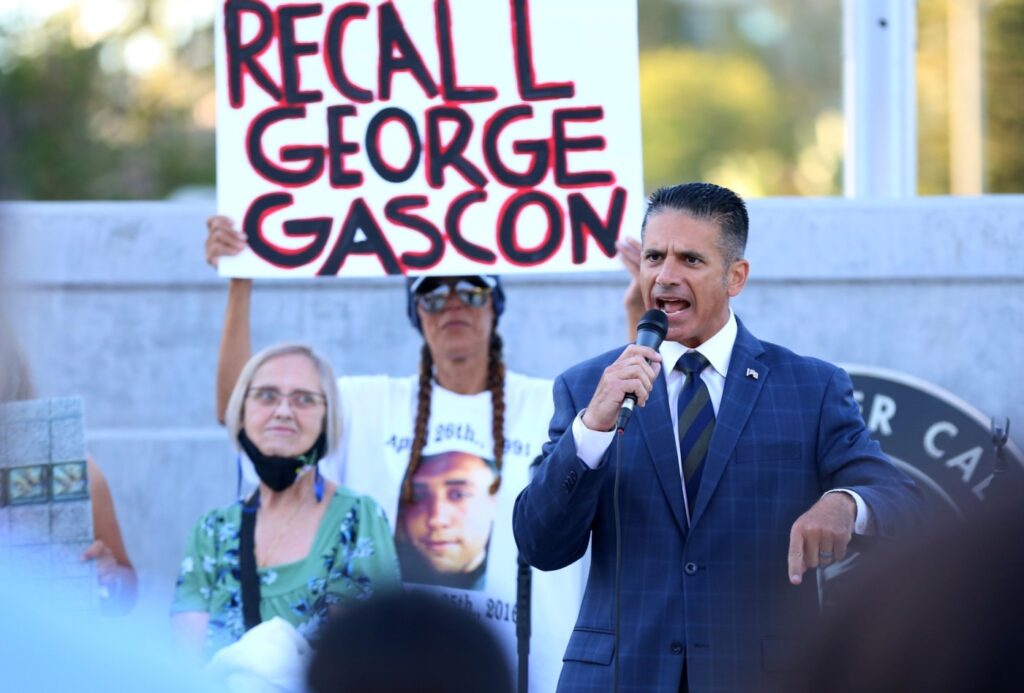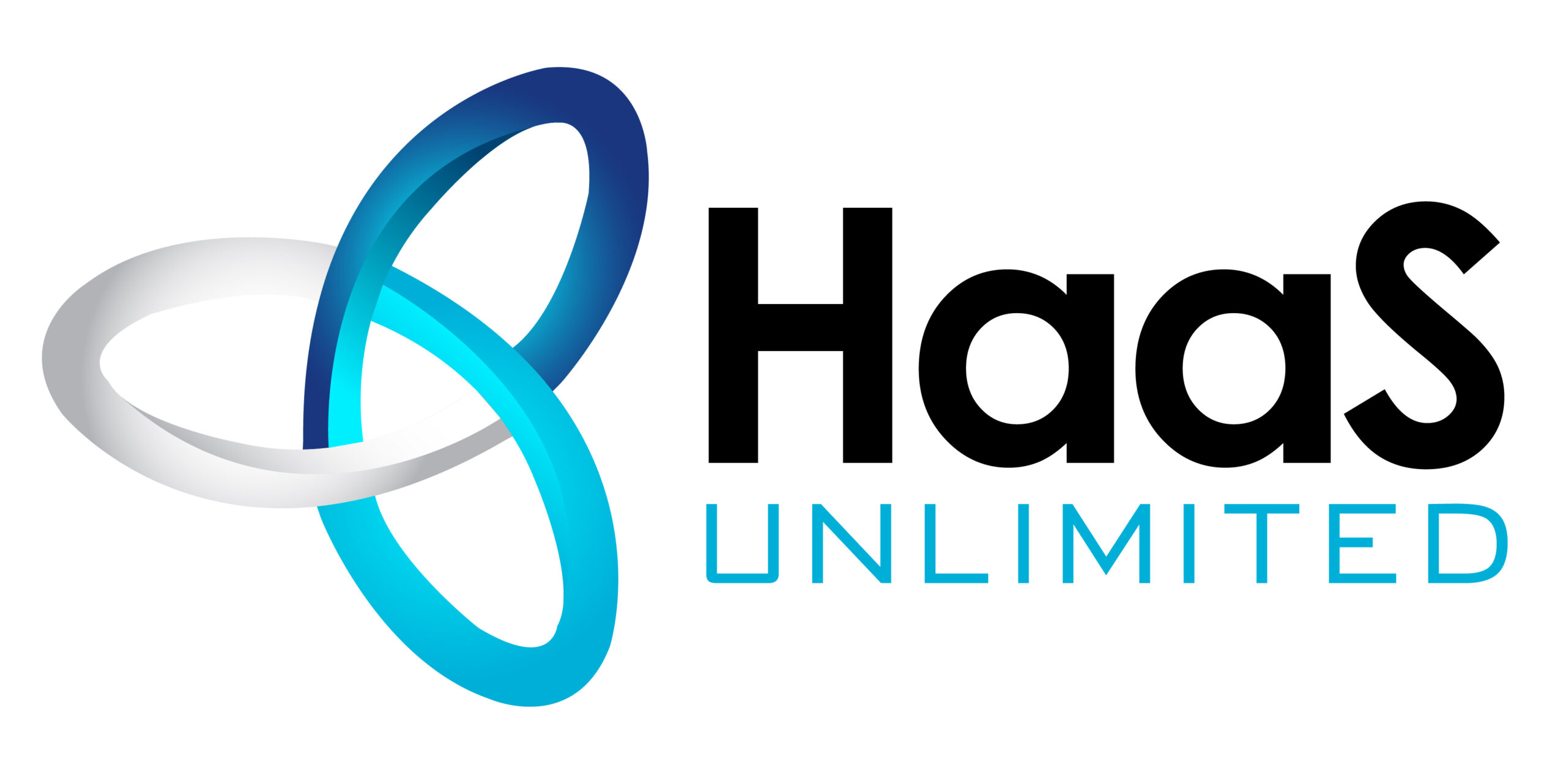
With his opponents claiming to have 400,000 signatures on petitions seeking his recall, Los Angeles District Attorney George Gascón may be in for an uncomfortable few months before the July 6 deadline. Gascón could be joining his fellow D.A., San Francisco Chesa Boudin, in an election that can spell the early end to his tenure.
But don’t hold your breath just yet. With 566,857 signatures required to get on the ballot, the recall effort is an enormous undertaking. In fact, this would be the third most signatures ever handed in for a recall in US history, following the two California gubernatorial recalls. Yes, this recall effort requires more valid signatures than was needed to get a recall on the ballot against Wisconsin Gov. Scott Walker.
That is not the only problem. A look at recalls throughout the country shows that petitioners should expect that they have a significant way to go before they are in any comfort zone with the recall. Due to the amount of signatures that will be thrown out, they should be shooting for about 700,000 signatures in order to surmount the signature verification battle.
Signatures will be tossed out for generally mundane reasons, which is what happens when you’re collecting signatures on the street and frequently paying people to collect. The problems range from the signers not being registered to signing more than once to living out of the county or (in rarer instances) using fake names. While most recall attempts fail because petitioners do not hand in any signatures, over the last ten years (2012-2021) I count at least 148 recall attempts throughout the country in which petitioners handed in enough unverified signatures, but the rejection rate resulted in the recall failing to get on the ballot. 41 of these rejections happened in California. So while not an everyday occurrence, signature failures are certainly something to consider.
If there are more than 500 signatures submitted for the recall, the clerks can use a random sampling verification technique (take sampling/determine the number of valid/extrapolate to the rest). Using this procedure, if valid signatures top 110% of the minimum number, the recall qualifies and moves to the ballot. (If it is between 90-110%, they verify each one. If it is below 90%, it fails). The law was changed in 2018 to remove state level recalls, at least partially to slow a recall against state Sen. Josh Newman, D-Fullerton.
In the 2003 Gray Davis gubernatorial recall, the failure rate was just under 18%, and the Gavin Newsom recall was just under 19%. Other recalls have seen a much higher failure rate. In 2018, the failure rate for the Newman recall topped 25%, the 2008 recall effort against state Sen. Jeff Denham, R-Turlock, saw a 41.5% failure rate under the random sampling technique
There is another recent recall effort that is also worth considering. In 2018, Santa Clara Judge Aaron Persky faced a recall, the first against a judge in California since 1932 (and the first in the US since 1982). The judicial district was much larger than a regular state senate one. Petitioners needed almost 60,000 signatures and got on the ballot, but still had failures at over 28%.
Do initiatives tell us anything on this front? Prop 22 was the most high profile initiative in the 2020 race, as petitioners spent more than $6.4 million to get on the ballot. Petitioners needed 623,212 and handed in 987,813 signatures. Once again using the random sampling method, 22.5% were found invalid (77.5% were verified).
Related Articles
Measure B is the right move for Newport Beach governance
High time for SCOTUS to clarify what constitutes ‘waters of the United States’
Endangering democracy for lawmakers’ convenience
Facial recognition technology is a valuable tool
Newsom’s electric car nirvana collides with reality
A similar result can be seen in a Proposition that required a higher signature total. Prop. 15, which spent nearly $6 million to get on the ballot, was a constitutional amendment, which therefore required 997,139, putting us closer to the amount needed for Newsom. Petitioners handed in 1.75 million. Once again, the random sampling method found 25.4% invalid (74.60% were verified).
One last issue that may impact the signature race is the signature removal provision. California now gives the official 30 business days to fight fire with fire and collect signatures from signers of the petition asking to have their names removed. This law was adopted during the Newman recall and did not work for him or did it help Newsom but it did help out a Newport Beach councilman in 2017.
Gathering 400,000 signatures is a significant statement of support for a recall of Gascón. But the reality of signature gathering efforts suggests that petitioners still have a way to go before there is a real hope to get the recall on the ballot.
Joshua Spivak is the author of Recall Elections: From Alexander Hamilton to Gavin Newsom and a Senior Fellow at the Hugh L. Carey Institute for Government Reform at Wagner College and a Senior Research Fellow at Berkeley Law’s California Constitution Center.
